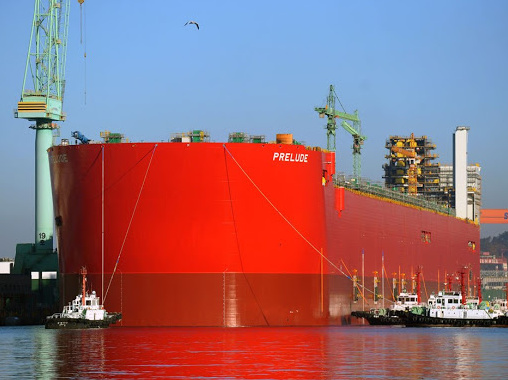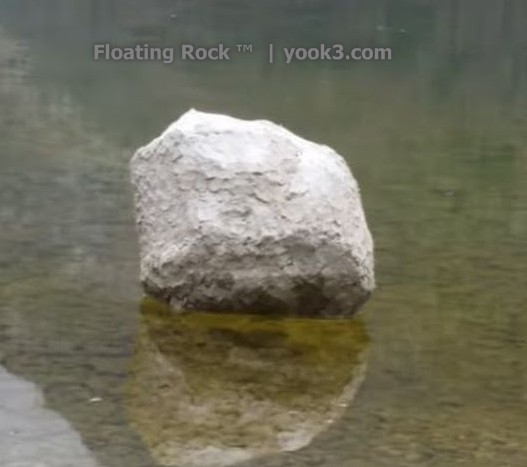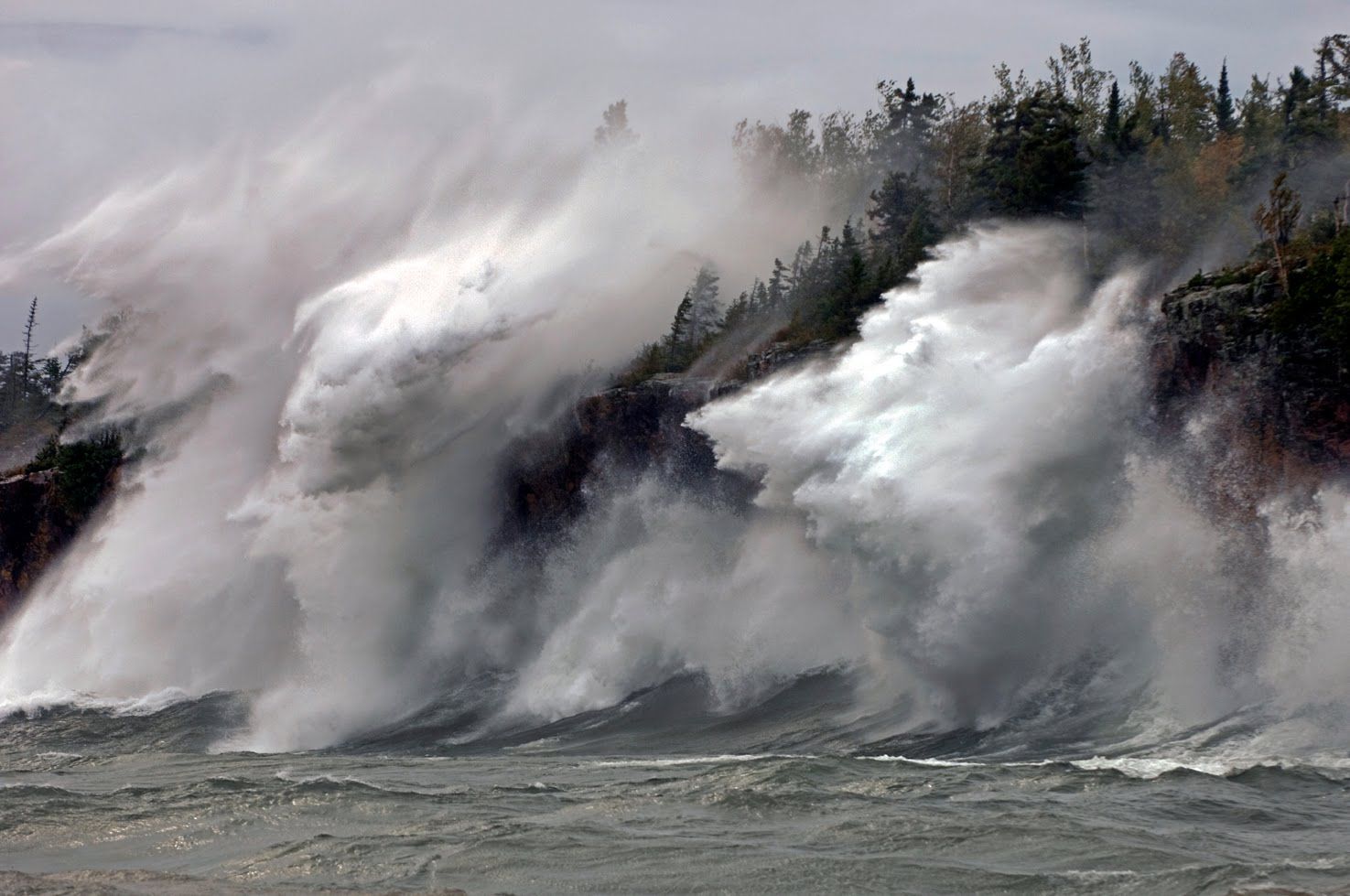
| the need for a bow | wave impact | seasteading | Draupner |

…not so sure that a hut on a mast 5m above the watersurface is safe from wave impacts…
does not look that way here…the lighthouse is 7 stories high (some 18 meter) and the upper floor is still impacted…and this is the wave they got a foto from… the EVEN BIGGER one, that was missed by the photograph at 3 am in the morning in the storm night - how big was it ? - how high do you need to go to be (really) safe ? - The short answer is 60m…according to the newest data…many north sea oil rigs do not cut that…houston we have a draupner problem…
| the reason we prefer a wave piercing bow on the ramform seastead design |

| why it is easier to engineer for submerged than for surface wave impact force |
| what is the smallest possible bubble of living space that is reasonably safe in open ocean storm conditions | the consolidated answer of marine engineering - is in the picture
The kind of wave impact that can happen on a ship bow in open sea › you do certainly not want this kind of impact on a “land building glassfront standing on a floating platform” › so go for bubble cluster structure seasteading…instead of landbuildings on floating platforms …

At the bow of the PRELUDE you can see what kind of bow is needed on a small floating city with the modest purpose of providing housing and services to a offshore population that is running a LNG production operation.
The kind of wave impacts shown above is “inside the operation envelope”…of this floating oceanic city of 400m size…
The bow of a Maersk tripple E ship - container freighters are built without a deck so they can not deal with wave overwash … (comparable to a floating city which can also not deal with a wave overwash either… )
Certainly this bow is a quite credible defense for big ocean waves…in case a wave makes it over the upper border of the bow there is still this 3 stories high brown perforated plate that makes sure that most of the water goes back into the ocean without washing over the containers behind…
This is how “wave defense in open ocean” needs to look like…

| floating rock | advanced cement composite | seasteading |
Amateur design - designer does NOT understand the requirements…
The fail was later adressed by “adding a breakwater” which still is “far beyond the requirements”…
How a minimum breakwater needs to look like is demonstrated by the Monaco Breakwater project. (400 m minimum size)
How a big breakwater (100 m modules) that falls still short, and gets destroyed in a storm, looks like, is demonstrated by the Mulberry Harbor breakwater.

why you want to seastead in a bubble cluster structure instead a of an office building on a floating platform…
Why a floating city needs to be prepared for the storm that comes once in three centuries… and what happens if not (check New Orleans)





